Spanish tradition dictates that the official gift-giving day is the 6th of January. And though there are many families who are now adopting the concept of Santa Clause and giving out gift on the night of 24th or the morning of the 25th, a lot of people still reserve them for Dia de los Reyes Magos – The Three Wise Men Day.
Table of Contents
How to celebrate Dia de los Reyes Magos in Barcelona in 2022
Who are these Three Wise Men?
The Three Wise Men day is a tradition that comes from Catholicism, inspired by the passage in The Bible where three kings from the Far East arrive to Jerusalem to worship the newborn Christ.
Following an unusual star in the sky, they made their away to Jerusalem, until they found the baby’s barn. The three kings are:
- Melchior, an older king from Persia sporting white hair and beard
- Gaspar, a king from India with brown hair and beard
- Balthasar, a dark-skinned king from Arabia with a black beard
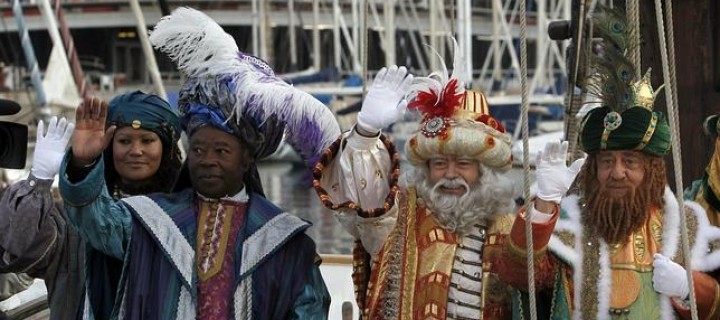


Photo via Visualhunt
Each king brought a special gift to offer baby Jesus, who received frankincense, an aromatic gum resin used in incense and perfumes, gold, and myrrh, also an aromatic plant resin.
The three Wise Men are beloved by the Spanish people, particularly the younger ones, since they continue to pay visits and leaving them gifts. But before that can happen, children have to write the kings a letter in which they tell them if they have behaved during the year and what gifts they would like to receive.
What happens during Dia de los Reyes Magos?
There is an important event that takes place the before Dia de los Reyes Magos, which is the Three Wise Men parade, or as it is known in Spanish La Cabalgata de los Reyes Magos.
Each area of Spain has its Three Wise Men parade. Barcelona’s usually starts in the middle of the afternoon at Port Vell, because the kings are, of course, arriving in Barcelona by boat.
They are greeted by the Mayor, make a small speech and then the parade starts. Several characters parade in colorful floats and walking on the streets together with the kings.
Related article: Tips For Facing The January Slump
Letter for the kings
The letters children have previously written are handed to the Kings’ royal pages during the parade, so that they know what to bring the kids the next day. Children particularly like the parade, not only for the music and the characters but also because the Kings throw candy at them.
The parade usually lasts about three hours, ending all the way at the other side of the city, next to the Magic Fountain of Montjuïc.
Christmas is already in our rearview mirror, but let’s enjoy this 3 Kings Day tradition in Spain!
Book long-term accommodation via ShBarcelona
Have you been to the Three Kings parade in Barcelona?
Tell us if your children were able to pass on their wishlist!









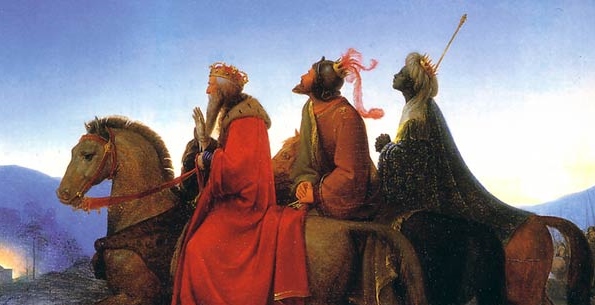

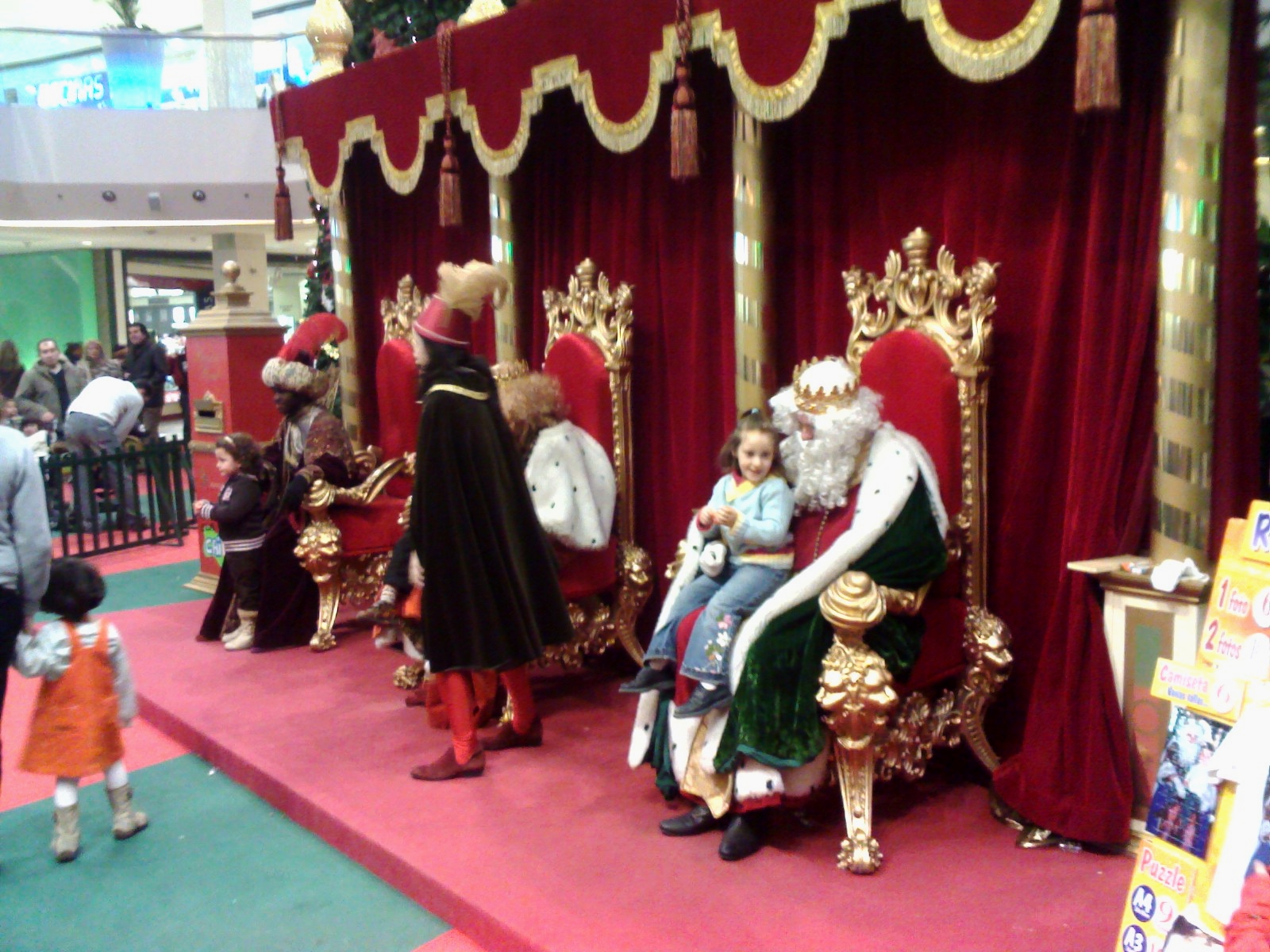
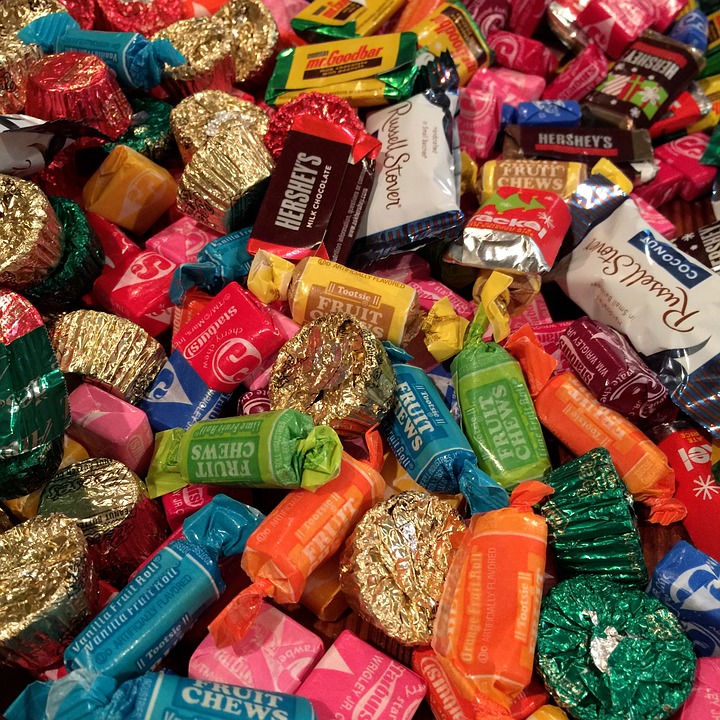
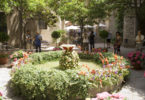
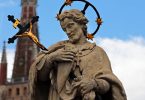

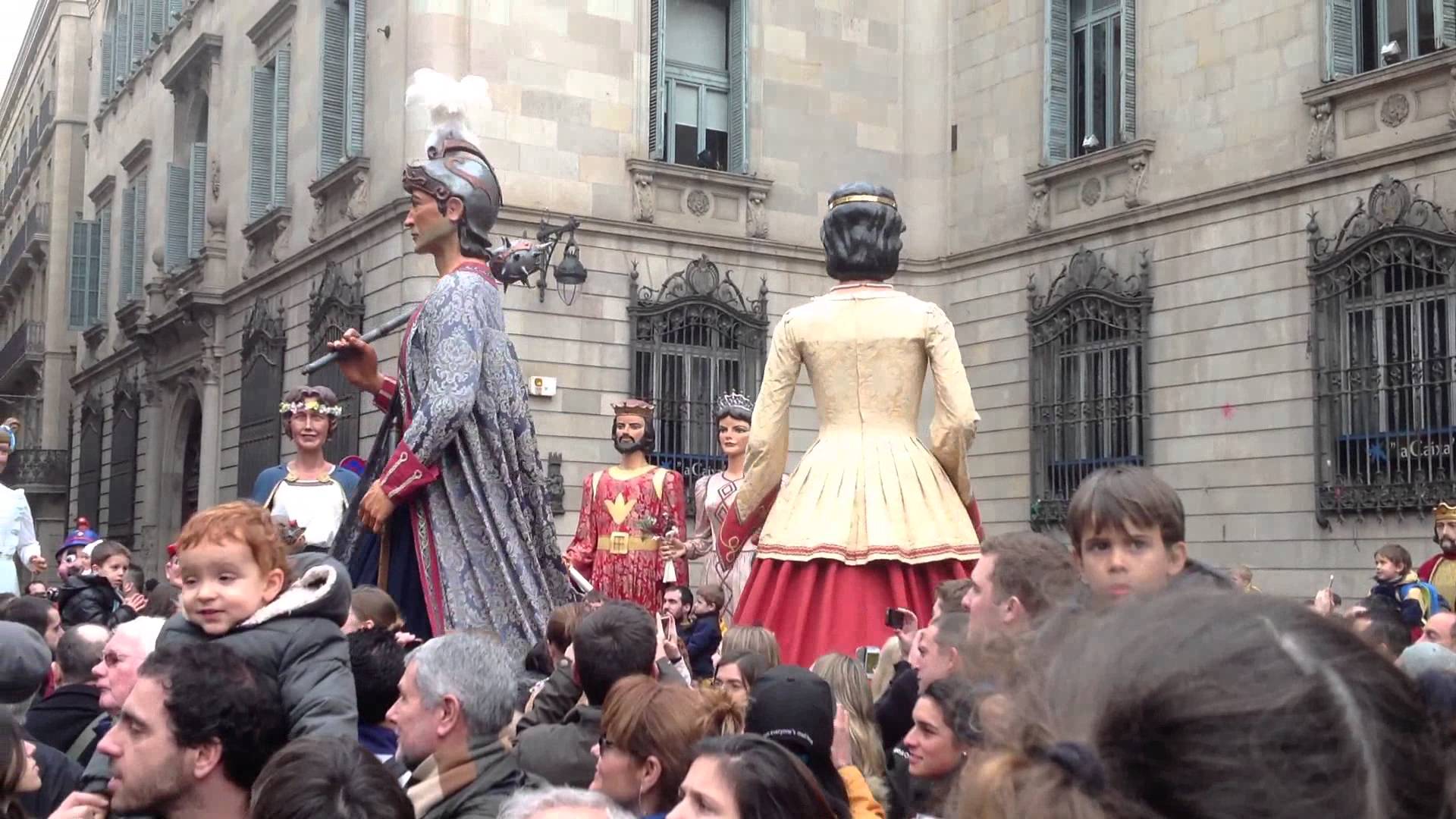


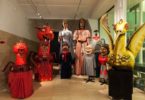

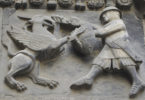
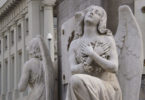

Leave a Comment